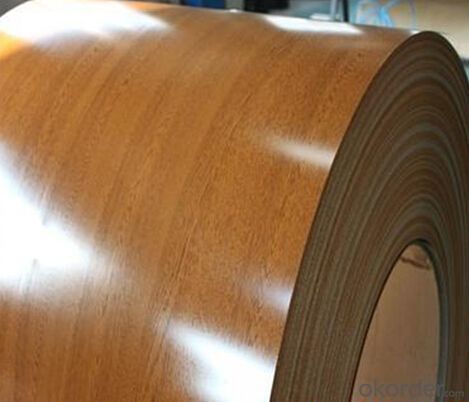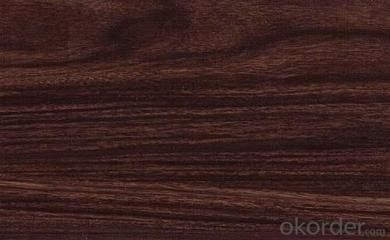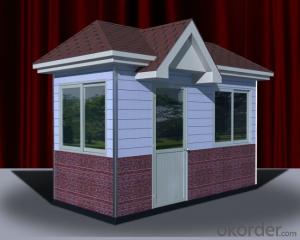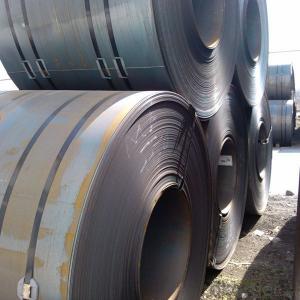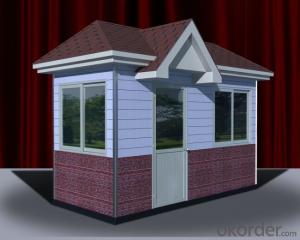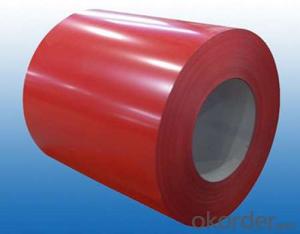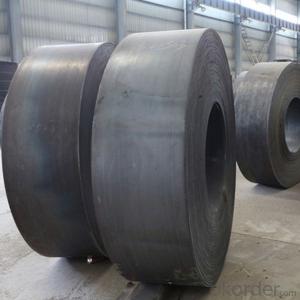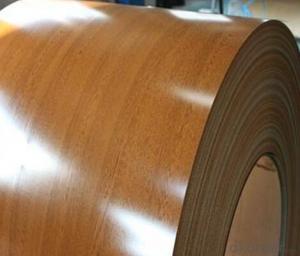HIGH QUALITY Printing plates FOR YOUR MEETING
- Loading Port:
- China main port
- Payment Terms:
- TT OR LC
- Min Order Qty:
- 25 m.t.
- Supply Capability:
- 1000 m.t./month
OKorder Service Pledge
OKorder Financial Service
You Might Also Like
Technical
Specification Clear step on gray scale 3rd step, clear
Dot reproduction(%) 2-98%
Micro-line(impression) 6-12
Pressrun(impression) ≥50,000
Storage condition Temp:10-30℃, RH:Rh≤65%,
2years
Recommended
Processing
Conditions Dilution ratio GD-II : water=1:4(machine)
1:6(hand)
EXPLOSURE(UNIT) 35-50
Developing Temp(℃) 21-25
LIGHT SOURCE 3000W (LODINE GALLIUM LIGHT:100-120 SECONDS)
1METER(FOR DISTANCE)
Developing Time(S) 30-45
Contamination removal Retouching paste: 40s
Retouching solution: 10s
Gumming A even, thin coating, 20ml/㎡
Baking Normally unnecessary, if need
Oven-type: 240℃,4-5mins
Moving-type: 260℃,3-4mins
- Q: What are the different types of steel coil packaging techniques?
- In the industry, there are various steel coil packaging techniques commonly used. These techniques aim to safeguard the steel coils throughout storage, transportation, and handling, ensuring their arrival in excellent condition. One technique utilized is called "eye-to-the-sky" packaging, where the steel coils are vertically stacked with the coil's eye facing upward. They are then secured using steel strapping or banding. This method is commonly employed for smaller coils and effectively shields against damage caused by handling and transportation. Another typical packaging technique is "eye-to-the-wall" packaging. Here, the steel coils are horizontally stacked with the coil's eye facing the wall. They are also secured using steel strapping or banding. This particular method is often used for larger coils and provides enhanced stability during transportation. "Shrink-wrapping" is a third packaging technique wherein the steel coils are tightly wrapped in plastic shrink-wrap material. This offers protection against moisture, dust, and other contaminants. Shrink-wrapping is especially useful when steel coils need to be stored or transported outdoors or in harsh environments. Moreover, certain steel coil packaging techniques involve the usage of wooden pallets or skids. The coils are placed on these pallets or skids, which provide a stable base and enable easy handling using forklifts or other equipment. Additionally, the coils can be secured to the pallets or skids using steel strapping or banding. Ultimately, the selection of a steel coil packaging technique depends on factors like coil size, transportation requirements, and environmental conditions. By choosing the appropriate packaging technique, steel coils can be adequately protected and delivered to their destination without any damage or deterioration.
- Q: What are the dimensions of steel coils used in the agricultural equipment industry?
- The dimensions of steel coils used in the agricultural equipment industry can vary depending on the specific application and equipment. However, common dimensions for steel coils used in this industry typically range from 0.5 to 3 millimeters in thickness and can have varying widths and lengths, ranging from a few inches to several feet.
- Q: I want to get a new knife but i cant decide if i wan a spyderco pacific salt or a cold steel ak47
- Given okorder / but always shop around and try Ebay...
- Q: I've been looking for lots of info on this steel. Cold Steel uses it now in their knives replacing the AUS-8 steel. I was hoping somebody had a knife with this steel who could give me some real first hand knowledge not just numbers. Thanks!
- I carry a french knife that has been made the same way for 400 years , the manufacturer is called Opinel,...they fold up and are carbon steel and for what I do are very period correct for anything from 1700's through 1800's...any way they are very good and come in like 5 different sizes.... check and see if they have a web site....
- Q: Can someone help me...i have a diagram and were supposed to calculate the steel tonnage needed for the pictre. Can someone tell me step by step what i need to do (ex:find area of ...)
- Find the volume of steel and then multiply that by the density of the steel.
- Q: What are the different coating options for steel coils?
- Steel coils have multiple options for coating, each with its own purpose and benefits. Some commonly used coatings for steel coils include the following: 1. Galvanized Coating: Steel coils are immersed in molten zinc, resulting in a zinc layer on the surface. This coating offers excellent corrosion resistance and protects against rust. It is ideal for harsh environments and moisture exposure. 2. Galvannealed Coating: This coating combines galvanizing and annealing processes. After galvanizing, the steel coils are annealed to create a zinc-iron alloy layer. Galvannealed coating provides enhanced paintability, weldability, and corrosion resistance. 3. Aluminum-Zinc Alloy Coating: Also known as Galvalume, this coating involves applying an aluminum-zinc alloy to the steel coils. It offers excellent corrosion resistance and heat reflectivity, making it suitable for roofing, siding, and automotive parts. 4. Organic Coatings: These coatings are typically applied as a top layer over a base coat of galvanized or galvannealed coating. Examples include paints, lacquers, and powder coatings. Organic coatings provide additional protection against corrosion, UV rays, and abrasion while enhancing the aesthetics of the steel coils. 5. Chromate Conversion Coating: This coating is commonly used as a pre-treatment before applying organic coatings. It improves adhesion between the steel surface and the organic coating, ensuring better corrosion resistance. The choice of coating depends on factors such as the intended application, environmental conditions, desired appearance, and budget. Manufacturers and end-users should carefully consider these factors to select the most suitable coating option for their specific requirements.
- Q: What is the maximum weight capacity for a steel coil lifting device?
- The maximum weight capacity for a steel coil lifting device can vary depending on the specific design and model. However, these lifting devices are typically designed to handle heavy loads and can have weight capacities ranging from a few tons to over 100 tons. It is important to consult the manufacturer's specifications or guidelines to determine the exact maximum weight capacity for a particular steel coil lifting device.
- Q: How are steel coils used in the production of steel hinges?
- Steel coils are used in the production of steel hinges by being processed and formed into thin strips. These strips are then cut and shaped to create the desired size and shape of the hinges. The steel coils provide the raw material for the hinges, allowing for efficient and precise manufacturing.
- Q: How do steel coils perform in corrosive environments?
- Steel coils typically perform well in corrosive environments due to their inherent resistance to corrosion. This is primarily because steel is an alloy composed of iron and other elements, such as carbon, which provides it with a protective layer known as a passive film. This passive film acts as a barrier between the steel surface and the corrosive elements, preventing direct contact and thus minimizing the risk of corrosion. In addition to the passive film, steel coils can also be coated with various protective coatings to enhance their resistance against corrosion. These coatings, such as zinc or epoxy, provide an additional layer of protection and further extend the lifespan of the steel coils when exposed to corrosive environments. However, it is important to note that the performance of steel coils in corrosive environments can still be influenced by factors such as the specific corrosive agent, exposure duration, and the presence of other contaminants. In highly aggressive environments, such as those with high humidity, saltwater exposure, or acidic chemicals, the protective layers on steel coils may deteriorate over time, leading to potential corrosion. To ensure optimal performance in corrosive environments, it is advisable to select steel coils with corrosion-resistant properties, such as stainless steel or galvanized steel. Regular maintenance and inspections are also crucial to identify any signs of corrosion early on and take appropriate measures to prevent further damage. Overall, steel coils offer good resistance to corrosion in most environments, but the severity of the corrosive conditions can ultimately impact their performance.
- Q: How are steel coils packaged for shipping?
- Steel coils are typically packaged for shipping by being tightly wound and secured with steel strapping or bands. They are then placed onto pallets or into crates to protect them during transportation. Additionally, wooden or metal dunnage is often used to separate and stabilize the coils, ensuring they remain intact and in proper condition throughout the shipping process.
Send your message to us
HIGH QUALITY Printing plates FOR YOUR MEETING
- Loading Port:
- China main port
- Payment Terms:
- TT OR LC
- Min Order Qty:
- 25 m.t.
- Supply Capability:
- 1000 m.t./month
OKorder Service Pledge
OKorder Financial Service
Similar products
Hot products
Hot Searches
Related keywords



